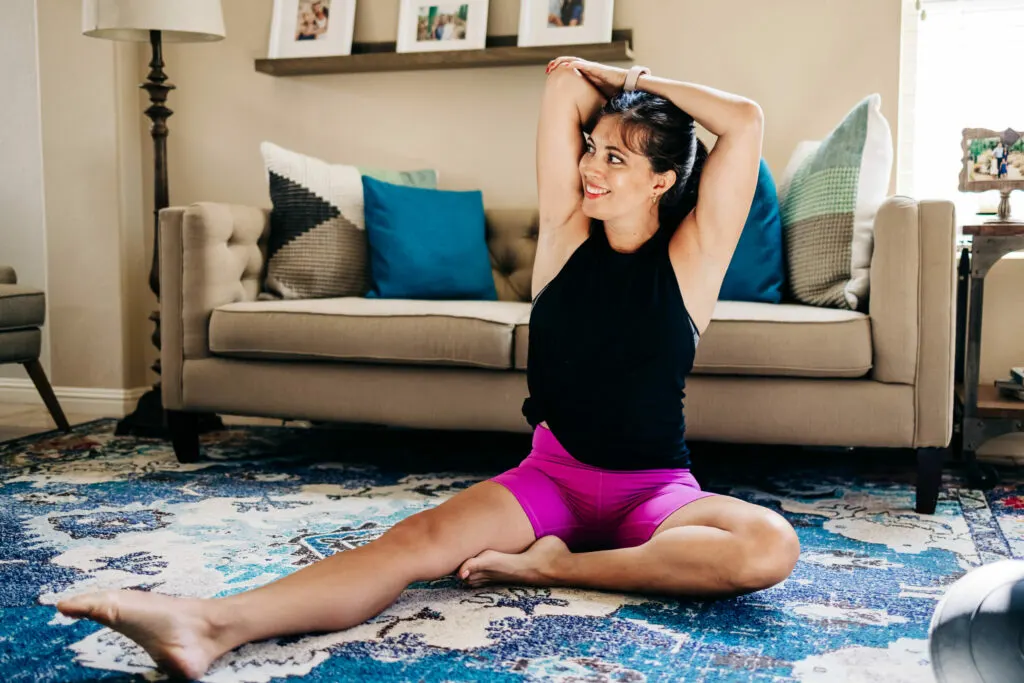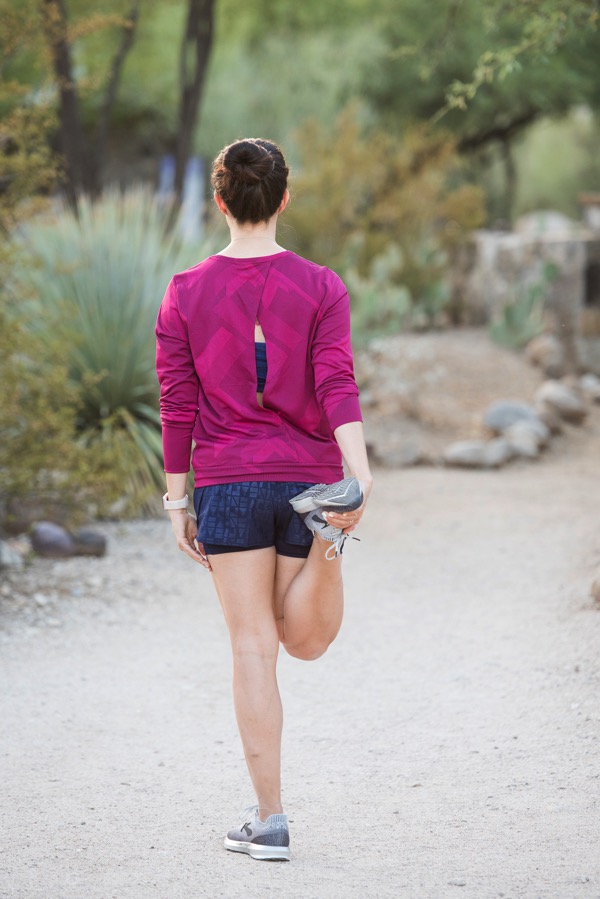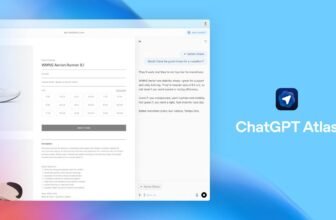Answering the favored query about how lengthy you need to stretch for a run.
Hello buddies! I hope that you simply’re doing properly and having fun with the day!
For at present’s submit, I needed to ask a typical query, particularly because it’s the brand new 12 months and lots of of my buddies on the market are getting again to their operating routines or beginning new ones: how lengthy do you have to stretch for a run?
Right here’s the deal about stretching: science and opinions are combined. You don’t *have* to stretch, however for many individuals, they discover that it warms them up (it prepares the muscle tissues for train and will increase coronary heart fee and tissue temperature), they might be much less prone to get injured, and so they could discover that it mentally helps them get within the recreation.
How lengthy do you have to stretch for a run
In the case of stretching for a run, the beneficial period can differ relying on whether or not you’re doing dynamic or static stretching. Sometimes, dynamic stretching is finest accomplished earlier than a run or any kind of exercise, whereas static stretching is more practical after a run.
Dynamic Stretching Period:
Earlier than a run, 5 to 10 minutes of dynamic stretching is normally ample along with any foam rolling. The sort of stretching includes shifting your muscle tissues and joints by their full vary of movement, which helps to heat up the physique, enhance coronary heart fee, and improve blood movement to the muscle tissues. It prepares the muscle tissues for the extraordinary exercise to return will help cut back the chance of damage.
I actually like dynamic stretching since you’re working by full vary of movement; it will probably assist with altered motion patterns since you’re stretching out muscle tissues which may be tight or underused. It feels good and energizing earlier than any kind of exercise!
Static Stretching Period:
After a run, I sometimes advocate 5 to 10 minutes of static stretching along with any foam rolling. This includes holding stretches for 20 to 30 seconds per muscle group. Static stretching helps to calm down the muscle tissues, enhance flexibility, and cut back muscle stiffness post-exercise. It aids in cooling down the physique, your coronary heart fee will lower, and it will probably assist promote muscle restoration.
Variations Between Dynamic and Static Stretching:
Dynamic stretching is energetic, with actions like leg swings and strolling lunges that mimic the exercise of operating. It’s designed to extend physique temperature, enhance vary of movement, and get the blood flowing.
Dynamic stretching
A few of my favourite dynamic stretches earlier than a run:
Leg Swings
Advantages: Improves vary of movement, warms up the hip flexors.
Steps:
Stand on one leg with the opposite leg swinging ahead and backward.
Hold the motion managed and regular.
Change sides after 10-15 swings.
Strolling Lunges
Advantages: Engages a number of muscle teams, enhances blood movement.
Steps:
Step ahead along with your left leg, decreasing your physique right into a lunge.
Push again up and repeat along with your proper leg.
Proceed for 10-12 reps on every leg.
Arm Circles
Advantages: Loosens up the shoulder muscle tissues, will increase higher physique vary of movement.
Steps:
Prolong your arms out to the edges.
Make small circles, progressively rising the scale.
Carry out for 20-30 seconds, then swap instructions.
Standing Hamstring Stretches
Advantages: Stretches the hamstrings!
Steps:
Stand with ft shoulder-width aside. Together with your left hand, hinge ahead and faucet in the direction of your proper shin or ankle. Stand and repeat on the opposite facet. Alternate for 20-30 seconds.
Static stretching
Static stretching, then again, includes holding a place with out motion. It’s extra about elongating the muscle tissues and bringing the physique again to a resting state, which helps to alleviate rigidity and stop soreness.
Calf Stretch
Advantages: Stretches your calf muscle tissues, aids in post-run restoration.
Steps:
Stand dealing with a wall, place your fingers on it.
Step your left leg again, maintaining it straight, and bend your proper knee.
Maintain for 20-30 seconds, then swap sides.
Quad stretch:
Advantages: Helps stretching the entrance of the thighs, which will be tight after operating
Steps:
Begin standing. Bend one leg and attain again for the toes on that facet. Convey your knee down, tuck your hips beneath, and maintain onto a wall or countertop for stability. Maintain for 20-30 seconds, then swap sides.
Hamstring Stretch
Advantages: Helps in stretching the again of your thighs, enhances flexibility.
Steps:
Sit on the bottom, lengthen your left leg, and attain in the direction of your ankle or toe.
Maintain for 20-30 seconds, then swap sides.
Hip Flexor Stretch
Advantages: Opens up the hip flexors, which are sometimes tight after operating.
Steps:
Kneel in your left knee, proper foot in entrance at a 90-degree angle.
Push your hips ahead gently.
Maintain for 20-30 seconds, then swap sides.
So inform me, buddies: how usually do you stretch??
Any ideas for runners who’re getting again into the sport?
xoxo
Gina
For extra, take a look at these tips for running faster and 10 core muscle stretches.
Trending Merchandise






